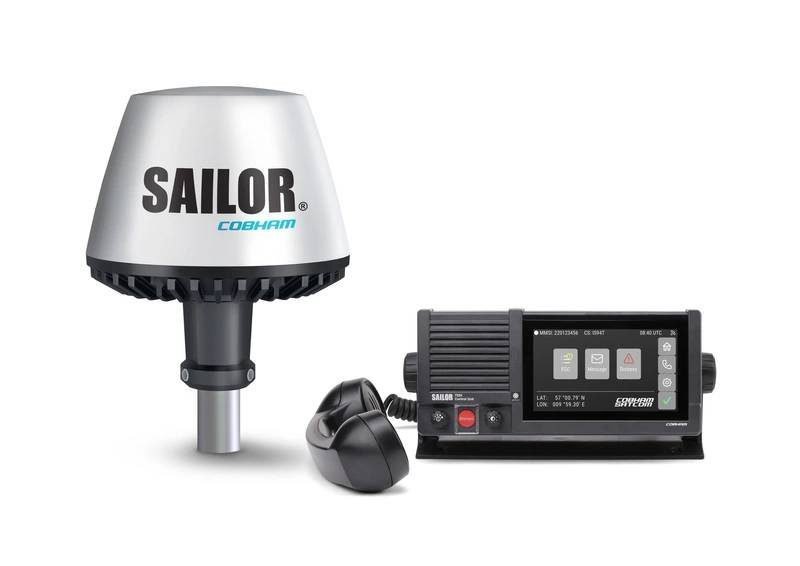Cobham Satcom has unveiled two new satellite Safety Terminals designed for the Global Maritime Distress and Safety System (GMDSS), in partnership with maritime satellite service providers Inmarsat Maritime and Iridium. These terminals are equipped to support the new generation safety services, offering voice, messaging, and data functions. The products can integrate the Long-Range Identification and Tracking (LRIT) system and the Ship Security Alert Systems (SSAS) into a single solution, providing a comprehensive safety solution with a low total cost of ownership. The compact Safety Terminals feature a high-performance omni-directional, low-profile antenna with efficient power usage, ensuring intuitive operation and easy installation.
In a statement, Henrik Fyhn, VP & Product Line Director Maritime at Cobham Satcom, emphasized the company’s commitment to prioritizing the safety of seafarers. The collaboration with Inmarsat and Iridium aims to enable advanced features and functionalities, including voice distress alerts, to ensure timely and effective support during emergencies. Peter Broadhurst, Senior Vice President of Safety and Regulatory at Inmarsat Maritime, highlighted the integration of cutting-edge technology with trusted services to provide proactive safety solutions through the Fleet Safety service enabled by the SAILOR Fleet C Maritime Safety Terminal.
Wouter Deknopper, Vice President of Maritime at Iridium, emphasized the focus on delivering the highest reliability for GMDSS. The innovative safety suite introduced for Iridium Certus aims to enhance safety communications for fleets and service providers. The SAILOR 7200 GMDSS terminal and SAILOR 4300 L-band, with its GMDSS add-on unit, support all-in-one capabilities and global coverage of the Iridium network. This advancement prepares the maritime industry for a more flexible and exciting era in safety communications.



